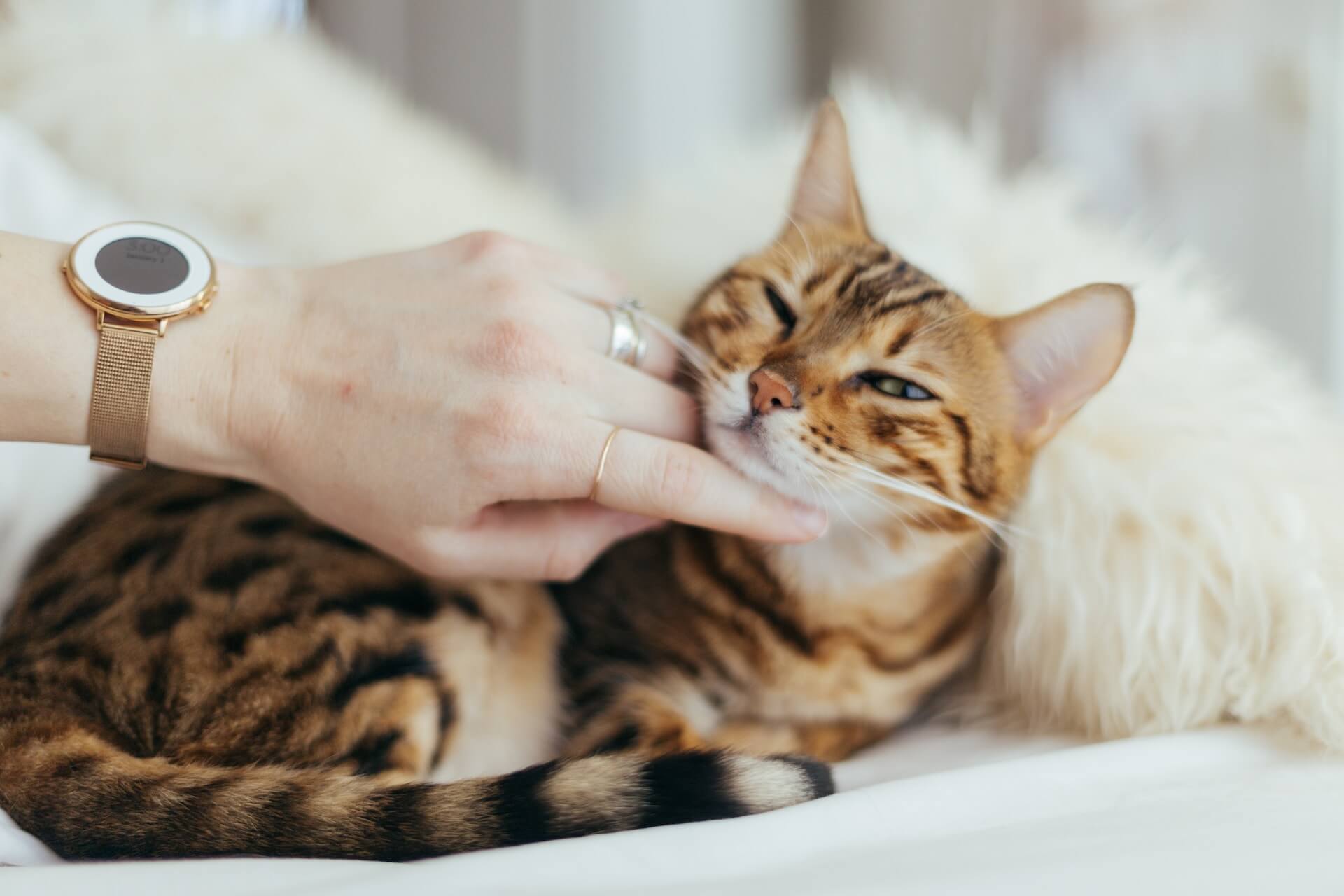Cats have long held a place of mystery and allure in human history. These independent and graceful creatures have fascinated us for centuries, and the key to truly appreciating and bonding with them lies in understanding their behavior. In this comprehensive guide, we will embark on a journey to explore the intricacies of cat behavior, from the way they communicate to the instincts that drive their actions. By shedding light on these aspects, we can foster stronger connections with our feline companions.
Feline Body Language: A Silent Conversation
Cats are masters of non-verbal communication, and their body language speaks volumes. To decipher the messages your cat is conveying, pay attention to the following cues:
- The Tail Talk: A cat’s tail is a versatile instrument of communication. When it’s held high, your cat is likely feeling confident and content. Conversely, a puffed-up tail is a sign of fear or agitation. A gently swaying tail usually indicates that your cat is relaxed and happy.
- Ears and Eyes: The position of a cat’s ears and the dilation of its pupils can reveal its emotional state. Ears that are forward-facing signify curiosity or interest, while flattened ears suggest fear or aggression. Dilated pupils can indicate excitement or arousal, but they may also signal fear or stress.
Communication Through Vocalizations: What Your Cat Is Saying
Cats have an impressive range of vocalizations, and each sound conveys a distinct message. Here are some common vocalizations and their meanings:
- Meowing: While kittens meow to communicate with their mothers, adult cats primarily meow to communicate with humans. The tone and frequency of meows can express various needs or emotions. For example, a soft, chirping meow might indicate excitement, while a loud, insistent meow could signal hunger or distress.
- Purring: Cats purr for a variety of reasons, and it’s not always a sign of contentment. Cats may purr when they’re in pain or feeling anxious. However, in most cases, purring indicates a relaxed and happy cat.
The Instincts of Hunting and Play: Tapping into Natural Behaviors
Cats are natural hunters, and their play behavior often reflects this instinct. Understanding their drive to hunt can help you provide engaging and stimulating activities for them.
- Predatory Behavior: Cats have a strong instinct to stalk, pounce, and “hunt” toys or objects. This play mimics their natural hunting behavior and helps them stay mentally and physically active.
- Interactive Play: Engaging in interactive play with your cat is essential for their well-being. Toys that mimic prey, like feather wands or laser pointers, can provide an outlet for their hunting instincts. Regular play sessions also strengthen the bond between you and your cat.
Territorial Behavior: Marking and More
Cats are territorial animals, and they have various ways of marking and defending their territory. Understanding these behaviors can help you maintain a harmonious home environment.
- Marking and Scratching: Cats have scent glands in their paws, face, and tail, which they use to mark their territory. Scratching is a way to leave both a visual and scent mark. Providing appropriate scratching posts can help redirect this behavior away from your furniture.
- Multi-Cat Households: In homes with multiple cats, territorial issues can arise. Understanding cat hierarchies and providing separate resources, like food bowls and litter boxes, can help reduce conflicts.
Social Behavior: Cats’ Relationships with Other Cats and Humans
Cats are not solitary animals by nature, but their social behavior can be complex. Here’s a glimpse into their social dynamics:
- Cat Hierarchies: In multi-cat households, cats may establish hierarchies, with some cats taking on dominant roles. These dynamics can influence how cats interact with each other and with humans.
- Human Bonding: Cats form strong bonds with their human companions, although they may express their affection differently from dogs. Signs of a cat-human bond include head-butting, kneading with their paws, and purring.
The Psychology Behind Cat Behavior: Independent Yet Affectionate
Cats have a unique psychology that combines independence with the capacity for deep attachment to their human caregivers.
- Independent Nature: Cats are known for their self-reliance and ability to entertain themselves. They are not as emotionally dependent on humans as dogs, but this independence doesn’t mean they don’t value human companionship.
- Attachment and Bonding: Cats can form strong attachments to their owners. The bond between a cat and its human is built on trust and mutual respect. Cats often seek out their owners for comfort and security.
Common Behavioral Issues and Solutions
Understanding cat behavior can help you address and prevent common behavioral issues:
- Litter Box Problems: If your cat is having litter box issues, it’s crucial to consider factors like the type of litter, cleanliness, and possible medical issues. Addressing these issues can often resolve the problem.
- Aggression and Fear: Cats may display aggression due to fear, territorial disputes, or redirected aggression. Recognizing the triggers and implementing behavior modification techniques can help manage and mitigate aggression.
Caring for Your Cat’s Emotional Well-being: A Happy and Stress-Free Cat
Caring for your cat’s emotional well-being is essential for their overall happiness and health.
- Stress and Anxiety: Cats are sensitive to changes in their environment and routines. Recognize the signs of stress, such as excessive grooming or hiding, and implement stress-reduction techniques like providing safe spaces and routine.
- Positive Reinforcement Training: Cats respond well to positive reinforcement training methods, which use rewards like treats or praise to encourage desired behaviors. These methods are effective in teaching your cat new behaviors or modifying unwanted ones.
Conclusion: Decoding the Language of Feline Companionship
Understanding cat behavior is the key to forging a deep and meaningful connection with your feline companion. Cats may be known for their independence, but they have a rich and intricate language of their own, expressed through body language, vocalizations, and natural instincts. By interpreting these cues, you can better meet their needs and provide a loving and enriching environment for your cat. With this knowledge, you’ll not only deepen your bond with your feline friend but also enhance both of your lives. Embracing the mysteries of cat behavior is a journey well worth taking, leading to a richer and more fulfilling relationship with your feline companion.





1 comment
[…] Cats are agile and can jump to impressive heights, squeeze through tight spaces, and use their sharp claws to investigate or manipulate objects. As a responsible cat owner, it’s your duty to create an environment that allows your feline friend to be curious while ensuring their safety. […]